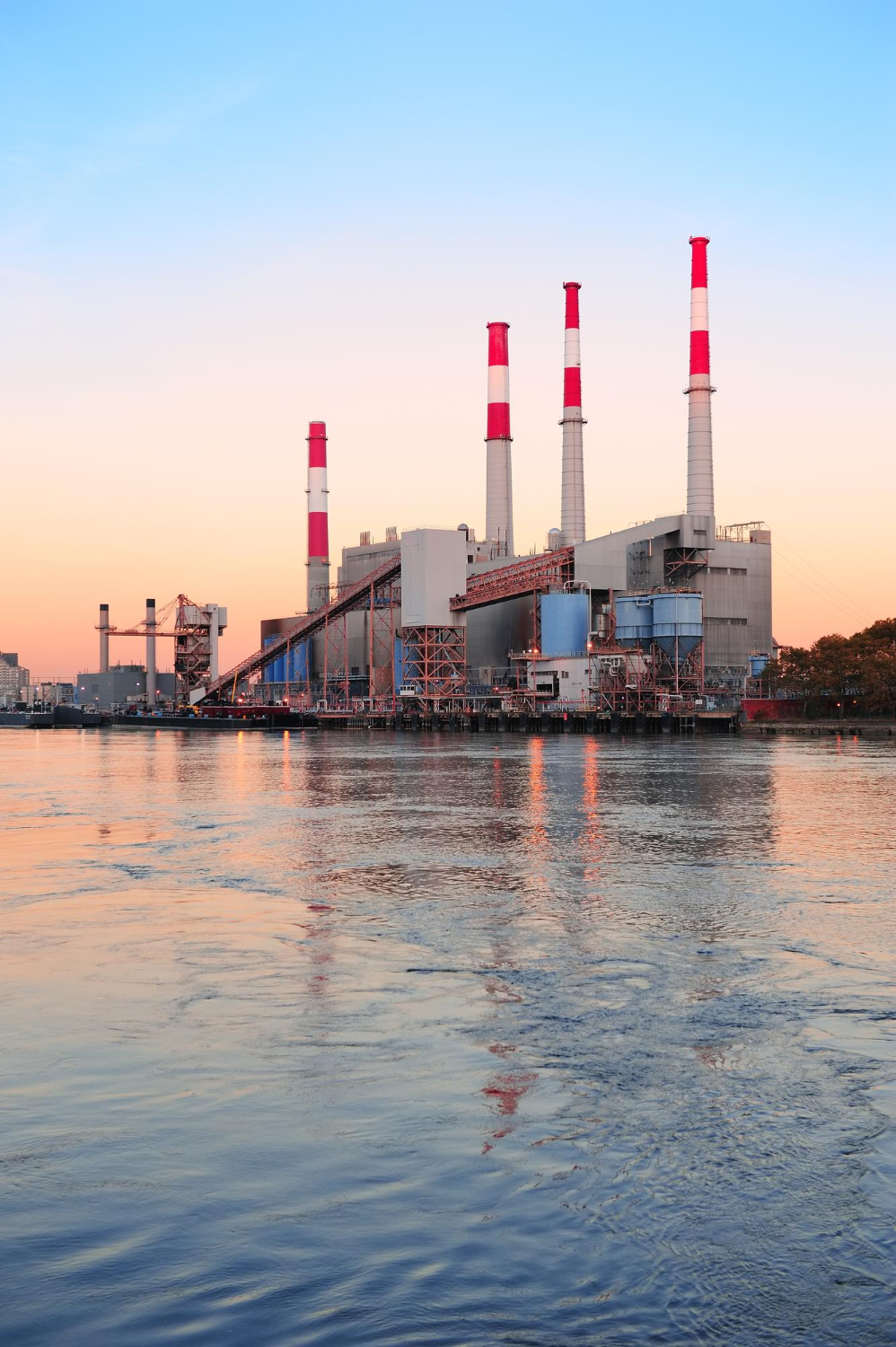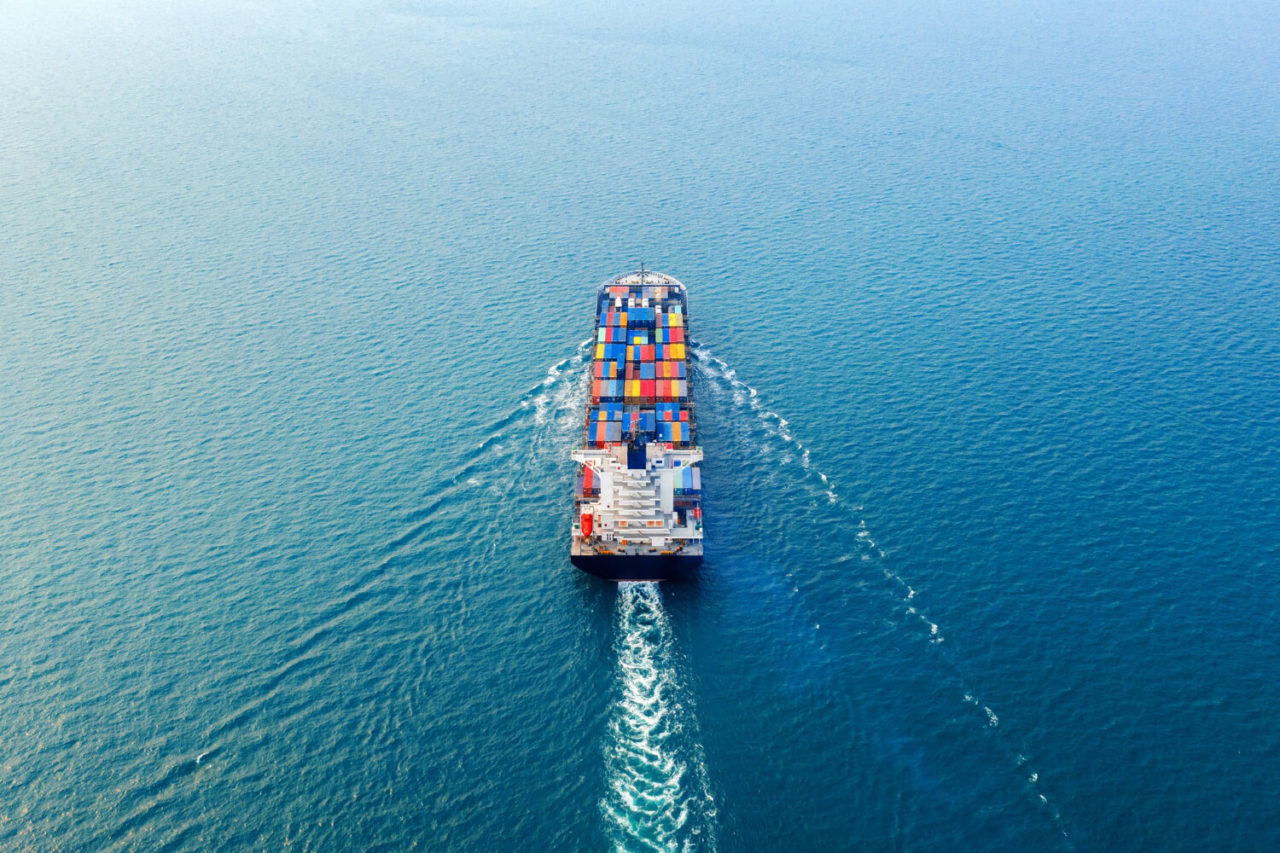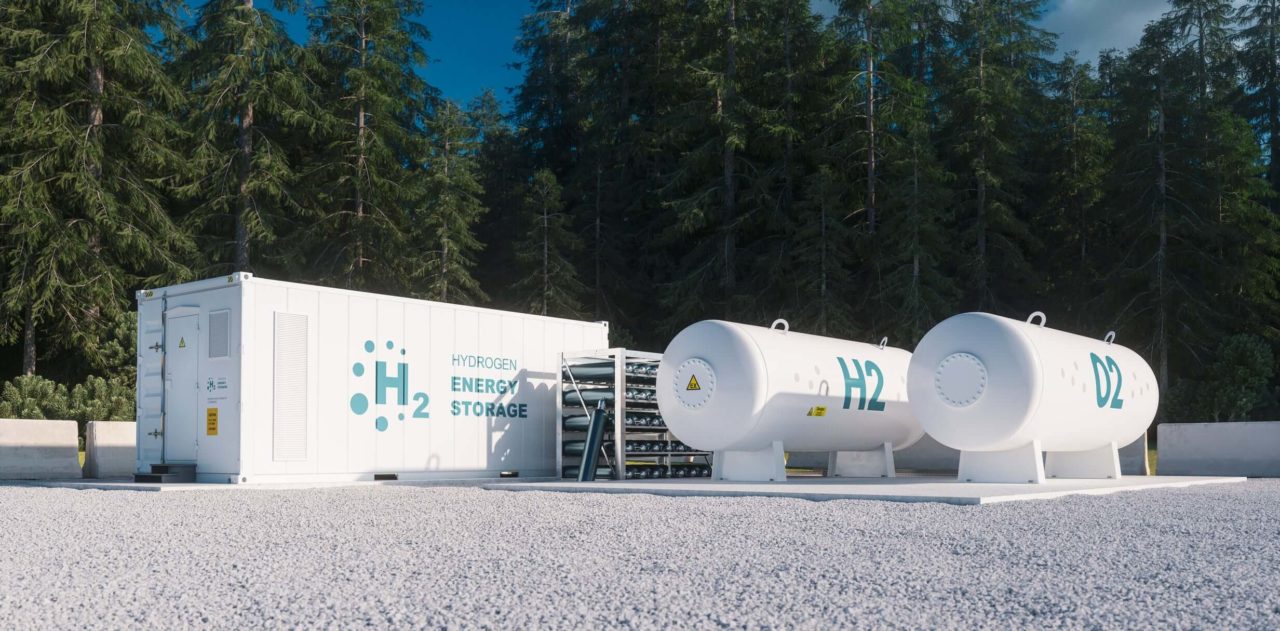
Like hydrogen, green ammonia can play a key role in decarbonizing Europe’s heavy industry and transport.
Ammonia has been the bet of the naval industry as one of the best fuels to achieve a cleaner energy mix, given its versatility and abundance, as well as ease of storage and transport. However, although the characteristics are favorable, it will still be a while before maritime transport can be powered by ammonia and leave a smaller footprint on the planet. Currently, the shipping industry is responsible for around 3% of global carbon dioxide emissions.

In order to achieve carbon neutrality by 2050, hydrogen-based fuels, such as ammonia, should account for 30% of marine fuels, informs a report by the International Energy Agency.
One thing has become evident in the fight to achieve net-zero by 2050: there isn’t a single way to get there. Our best chances lie in fast-tracking a mix of zero or low-carbon technologies and fuels. Ammonia is one contender that has been hiding in plain sight up until now, among hydrogen, carbon capture, renewable energy sources, and many more.
Ammonia may be useful for decarbonization in a number of ways
It is typically produced by catalytic steam reforming from fossil fuels, generating around 1% of global CO₂ emissions. However, nitrogen and hydrogen produced carbon-free using renewable electricity can also be combined to synthesize it.

The fertilizer industry and the food production supply chain as a whole would be the first to gain from the ensuing decarbonization as a result of commercializing this renewable ammonia production.
Ammonia is a fuel that can compete with hydrogen: not only does it burn without producing CO2, but it also has a higher energy density and is simpler to transport and store because it doesn’t need cryogenic storage.
While it has many advantages, ammonia is still a toxic chemical to humans and aquatic life

Japanese engineering firm JGC and the National Institute of Advanced Industrial Science and Technology used electricity from renewable energies to produce “green ammonia,” focused on cleaning up the ammonia production process. After this experience, the JGC plans to build a clean chemical plant so that it is possible to make the most of the renewable energy produced.
Its purpose is to reduce the carbon dioxide produced by ammonia. Mentioning that “the amount of CO2 corresponds to 1 or 2% of world emissions”, administrator Kai Mototaka explained that “ammonia can be used in another sector, in a new market for energy, energy production and maritime transport”, the that will allow the reduction of the amount of CO2, “not just 1 or 2%, but much more”, he added.
To spur the requisite technological advancements, strict legislation supporting green ammonia is now required; legislation and technology must advance simultaneously. Furthermore, in order to expedite ammonia’s market preparedness, Europe must, as always, endeavor to integrate its operations into a global framework and collaborate with other stakeholders.
Based on the article: Multinews

Our work with green ammonia
Universal Kraft works with green ammonia as an alternative to fossil fuels, providing the same functionality on a large scale. These green power alternatives are fundamental for a sustainable and complete clean energy transition. Universal Kraft has been working on alternative and innovative energy carriers and storage solutions for a number of years. We founded Universal H2 in order to maximize the decarbonization potential of renewable energy sources for the production of green hydrogen and ammonia. Discover all our projects here.




